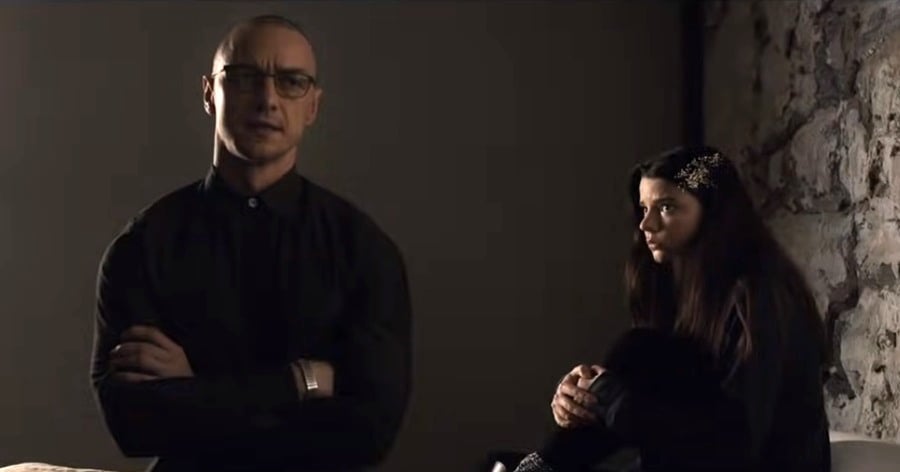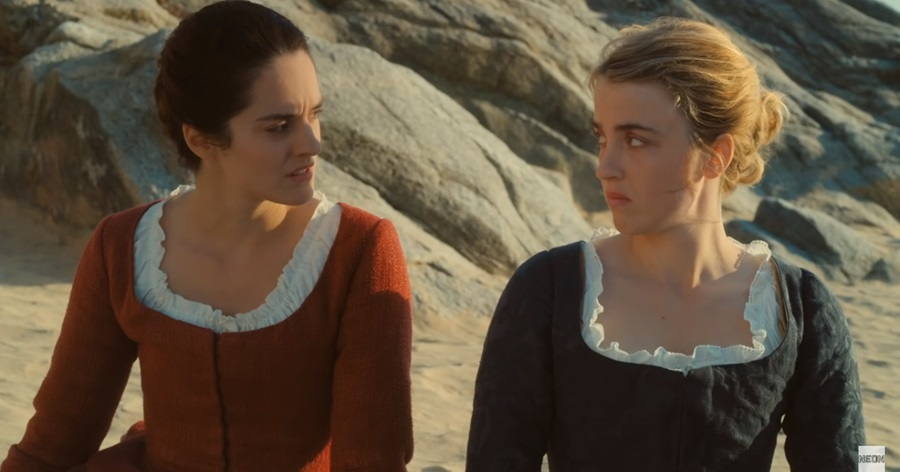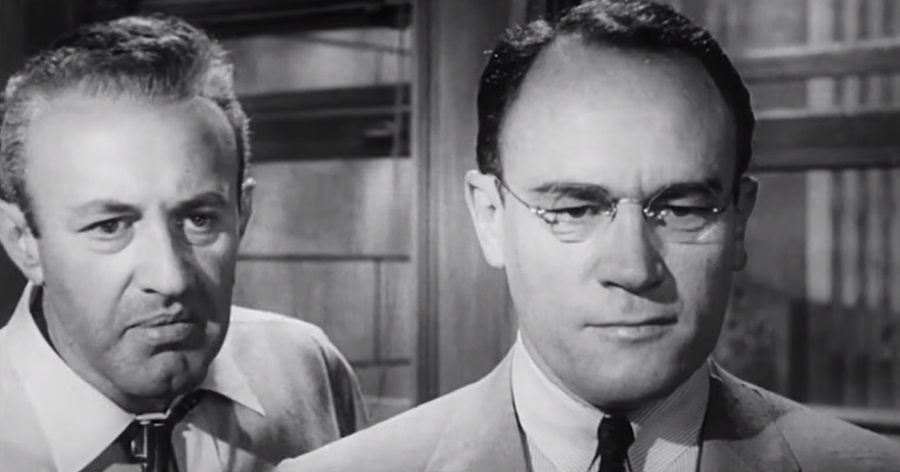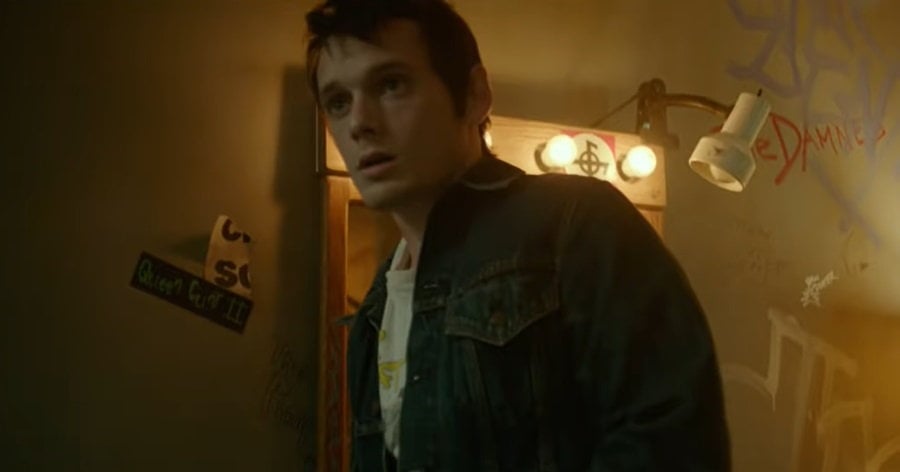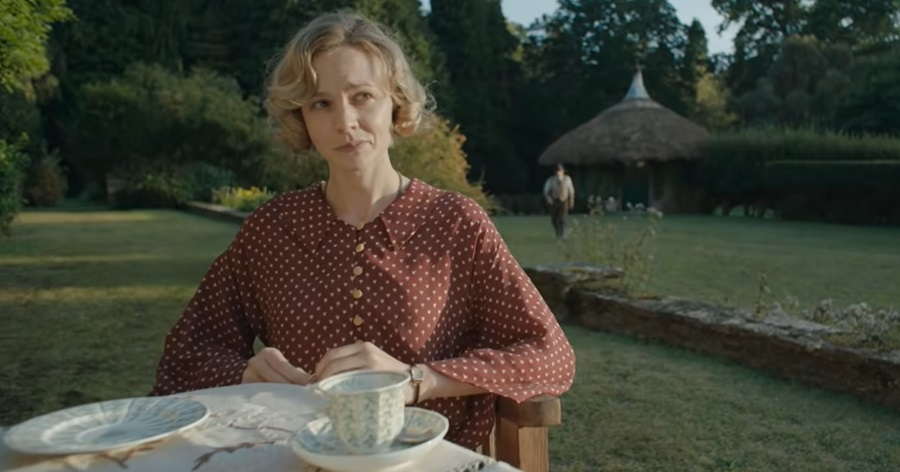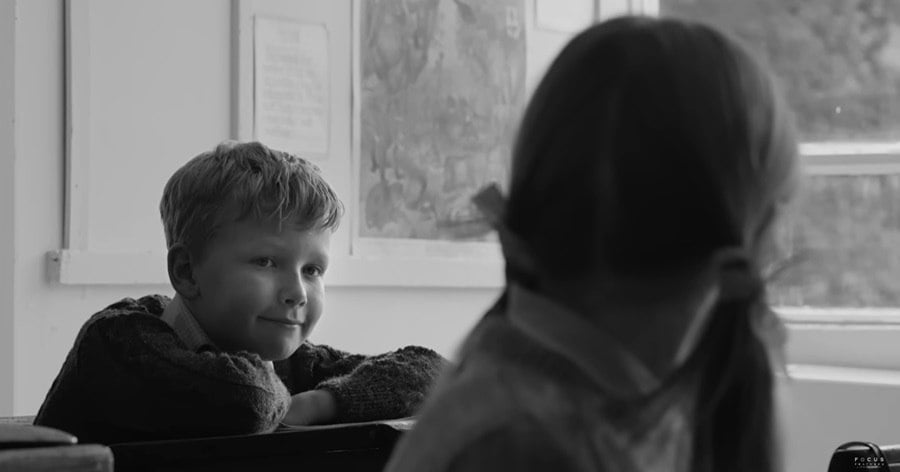Synecdoche, New York is a 2008 film written and directed by Charlie Kaufman, known for his complex and surreal storytelling. The movie's ending is a critical and intricate part of its narrative, encapsulating the film's themes of life, death, art, and the human condition. To understand the ending, one must first understand the film's plot and the journey of its protagonist, Caden Cotard, portrayed by Philip Seymour Hoffman.
Plot Summary
The movie begins with Caden, a middle-aged theater director in Schenectady, New York, leading a somewhat mundane and unsatisfying life. His wife Adele (Catherine Keener) is an artist who has won a MacArthur Fellowship and decides to leave him, taking their young daughter Olive with her. This loss marks the beginning of Caden's downward spiral, both personally and professionally.
As the film progresses, Caden becomes obsessed with creating a theater piece that will encapsulate the totality of human existence. He receives a MacArthur Fellowship of his own, which provides him with the resources to pursue this ambitious project. Caden's idea is to build a life-sized replica of New York City inside a massive warehouse, where actors will live out their lives in a meticulously detailed simulation of the city. The project becomes increasingly complex and surreal as the years go by.
Throughout the movie, Caden's life and the lives of the people around him become increasingly intertwined with the production. He casts a variety of actors to play versions of himself and the people in his life, including Hazel (Samantha Morton), a woman he meets at the beginning of the film who becomes a central figure in his life. Caden's health deteriorates, and he faces a series of bizarre and surreal events, including the passage of time that seems to warp and fold in on itself.
The Ending Explained
The ending of Synecdoche, New York is a culmination of Caden's life and his artistic vision. It is a moment that brings together the film's many themes and raises profound questions about the nature of art, reality, and the human experience.
In the final scenes of Synecdoche, New York, Caden's massive theater production is near completion, but he himself is in a state of physical and mental decline. He has become obsessed with creating the perfect, authentic experience, and in doing so, he has lost sight of his own life and humanity. Caden's obsession with creating art has alienated him from the people he loves, and he is left isolated and unfulfilled.
As the film progresses toward its conclusion, Caden's life and the lives of the characters in his production begin to blur together. Time itself becomes a fluid and nonlinear concept, making it challenging to distinguish between reality and the simulated world inside the warehouse. The movie plays with ideas of identity, existence, and the fluidity of time, which all culminate in the film's enigmatic ending.
In the final sequence, Caden explores a series of rooms in his theater that seem to represent different stages of his life and the people he has known. He encounters his daughter Olive, who has aged dramatically and become a middle-aged woman. He also encounters his ex-wife Adele, who is now living in a house identical to the one they once shared. Caden struggles to connect with these versions of the people he once knew, and the scenes are suffused with a sense of melancholy and longing.
The film's ending becomes even more surreal and disorienting as Caden's journey takes him into a room where he encounters a version of himself, mirroring his own deteriorating health and existential crisis. This moment raises questions about identity and self-examination, as Caden is confronted with the disintegration of his own sense of self.
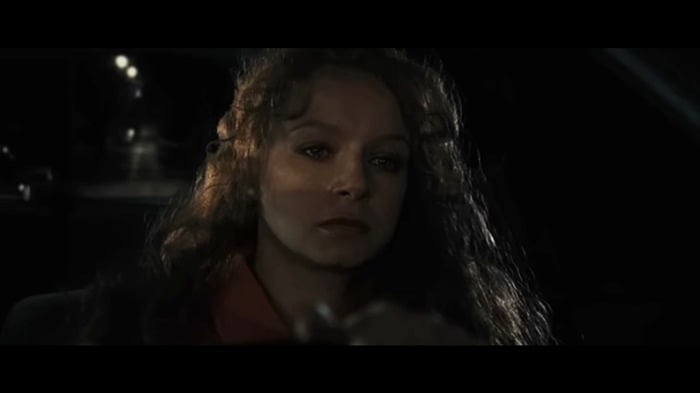
Caden's journey continues as he enters a burning house, which symbolizes his own impending death. Inside, he finds Ellen Bascomb, the actress who portrayed Hazel in his production. She is now living in a house identical to the one Hazel lived in at the beginning of the film. Caden's encounter with Ellen is laden with symbolism, as she represents a pivotal figure in his life and his art.
As Caden explores this burning house, he finally encounters Hazel, the woman who was so central to his life throughout the film. She is frail and dying, and their reunion is a poignant moment of connection and understanding. Hazel imparts a sense of wisdom and acceptance, and she tells Caden, "Die." This moment signifies a kind of spiritual catharsis for Caden, as he begins to come to terms with his own mortality and the impermanence of life.
The film's climax takes place in the warehouse theater, where Caden has constructed a replica of New York City that is so detailed and vast that it is virtually indistinguishable from the real world. Caden watches as actors portraying himself and the people in his life go about their daily routines in this simulated city. It is a haunting and surreal spectacle that encapsulates Caden's lifelong pursuit of creating art that mirrors life itself.
In the final moments of the film, Caden experiences a moment of profound revelation. He realizes that he has been so consumed by his art and his quest for authenticity that he has lost touch with the reality of his own life. The film's ending is a meditation on the nature of art and the human condition, as Caden grapples with the realization that he has spent his entire life trying to capture something that is inherently elusive.
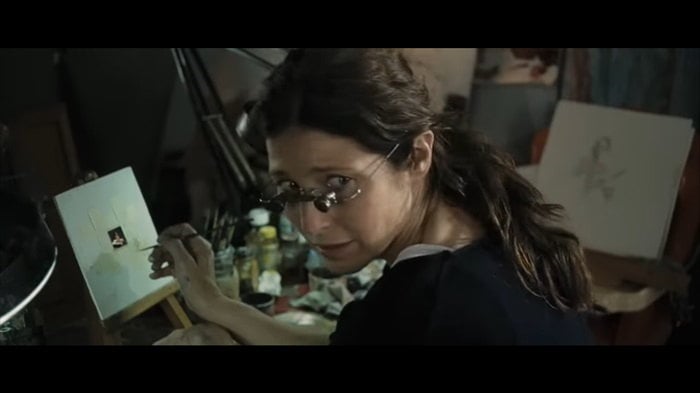
As Caden stands in the vast, simulated city, he utters the film's enigmatic final line: "Adele, where are you?" This moment is a reflection of Caden's longing for connection and meaning, as he searches for the woman who once held a pivotal place in his life. It is a poignant and haunting ending that encapsulates the film's exploration of the human condition and the quest for meaning in a complex and ever-changing world.
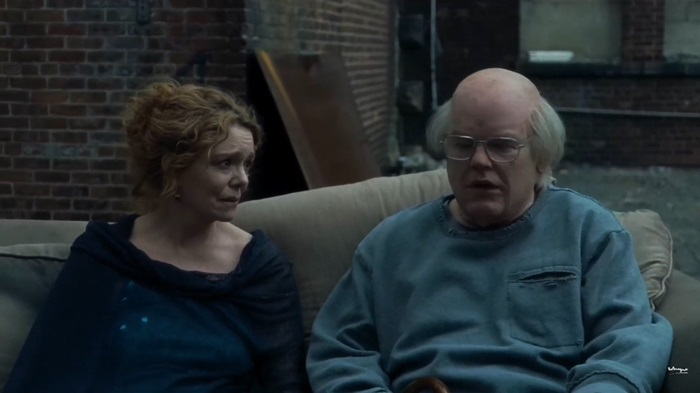
The ending of Synecdoche, New York is a complex and enigmatic conclusion to a film that is itself a deeply intricate and philosophical work of art. It raises profound questions about the nature of identity, reality, and the pursuit of artistic authenticity. Caden's journey throughout the film is one of profound self-examination and existential exploration, and the ending serves as a culmination of his lifelong quest for meaning and connection.
In many ways, the ending is open to interpretation and can be seen as a reflection of the viewer's own perspective on life and art. It challenges the audience to consider the nature of their own existence and the ways in which they seek meaning and connection in the world.

